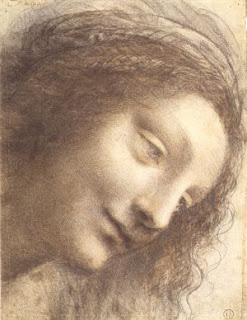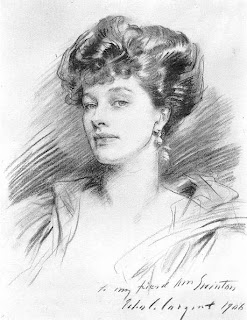The ability to draw a convincing portrait requires an incredible understanding of another person on so many different levels. The artist must first possess an intimate understanding of each and every detail of the subject's physical body - his unique proportions, as well as those peculiar imperfections that define the subject's form.
However a truly brilliant portrait moves beyond these elementary necessities involving superficial features. The very best portraits are able to convey the inner workings of the subject's soul. While we can seldom identify exactly which specific aspects of a portrait accomplish this prodigious feat, we immediately recognize those portraits that possess this distinctive quality... and those that do not.
A person's essence is expressed through a combination of infinitely many subtle qualities.
A gesture perhaps. A veiled expression. A slight curve of a lip or the hint of a glimmer in an eye. It is the portrait artist's ability to identify these nearly imperceptible details and reproduce them for others to recognize that I find truly awe-inspiring.
Here are a few of my favorite "portrait" drawings:

Leonardo da Vinci

Jean Auguste Dominique Ingres

John Singer Sargent

Norman Rockwell


.JPG.jpg)



